POTA Activation #30: Strange New Worlds at 100 W - Activating a 4-fer with My New Mobile HF Station in George Washington Memorial Parkway, Captain John Smith Chesapeake NHT, Star Spangled Banner NHT, and Potomac Heritage NST (VA) (12/16/2022)
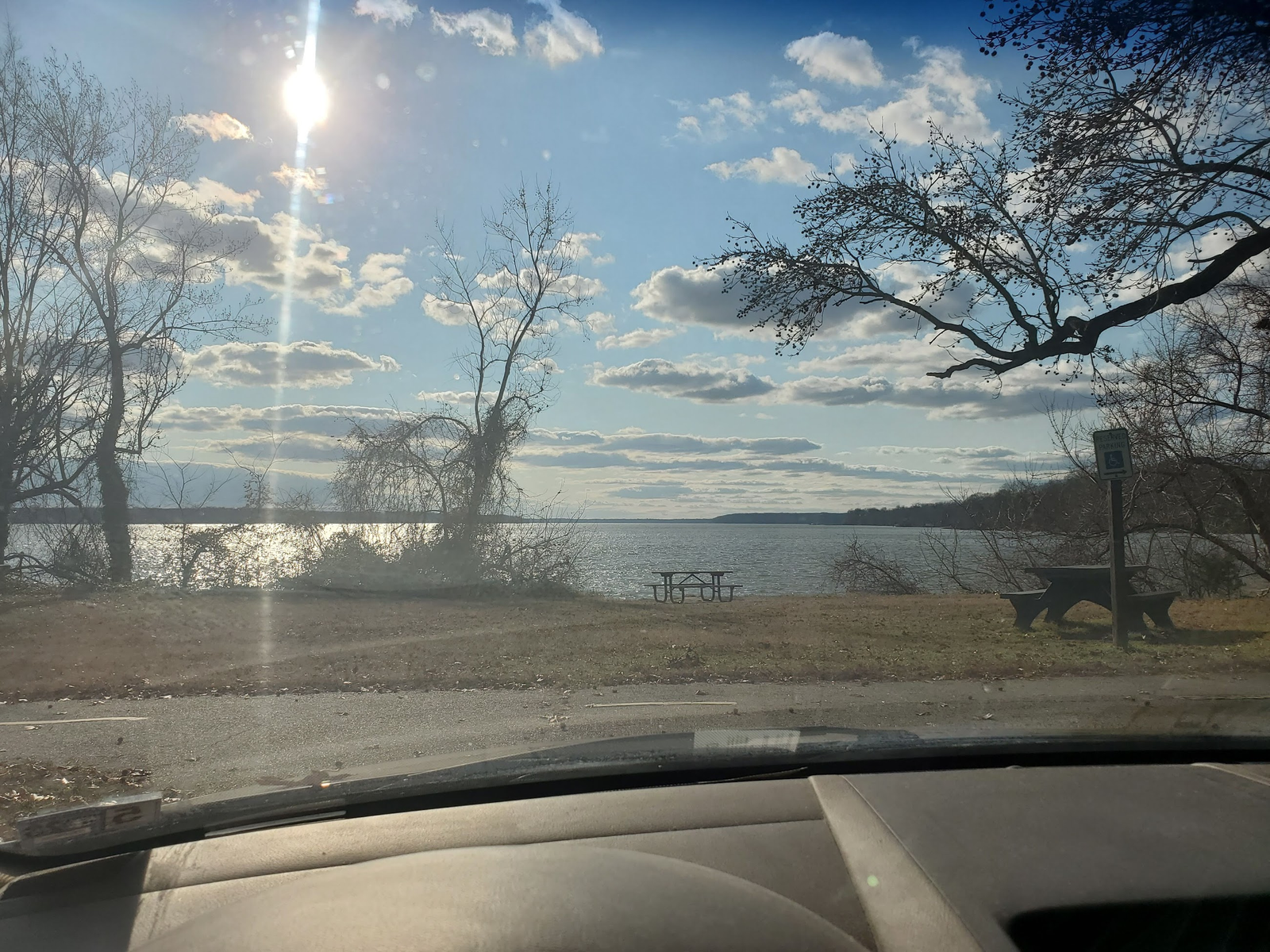
If you've been reading this blog, you have probably noticed I really enjoy activating Parks on the Air. I'm a fairly hardy soul who has gone bike commuting in snow and temperatures below 3 degrees F and camped in a hammock in the snow, but in the late Fall and Winter, the conditions outside aren't always cooperative with my goal to get on the air without damage to myself or my equipment. So, I've been long considering getting myself a mobile HF setup so that I can activate from my car (or just operate from there in general). I still like getting out into nature, finding creative ways to get an antenna into a tree or setup on a tripod, setting up an operating position in a good spot, and feeling the sun beating down and the breeze against my face. But having the ability to activate whenever I want, in whatever weather I want, from the comfort of my vehicle is a bit of a game changer.
As I started researching what my options were in the world of mobile HF radios, there were a few that stood out. Ultimately, due to supply chain issues, only one was easily obtainable. In the unobtainable category (at least on the new market) was the Icom IC-7100. I really enjoy my IC-705, and the IC-7100 has HF, VHF, and UHF just like its QRP cousin. Unfortunately, it is out of stock nationwide, and although HRO says they expect it in May on their web site, privately they say it could be longer, if ever. The 7100 has been out for a while, and if the supply issues continue, they may just replace it. Additionally, if you want an easy multi-band antenna, you'd probably want a screwdriver, but ones like the Tarheel are out of stock in most outlets. Unobtanium.
So that left one great combination that is a perennial favorite in the POTA community: the Yaesu FT-891 radio and the Yaesu ATAS 120A antenna. When Black Friday arrived, Ham Radio Outlet had a great deal on the radio cutting $40 off of the asking price, and everything was in stock! So I pulled out my credit card, filled my electronic cart, and hit submit. Then I got a phone call from HRO -- turns out they just sold out of the radio. They could ship me all the other things, but the radio would be back ordered. Bummer. They didn't know when they would get stock, but I decided to wait it out. A few weeks later, I got a shipping notification and the 891 showed up at my door.
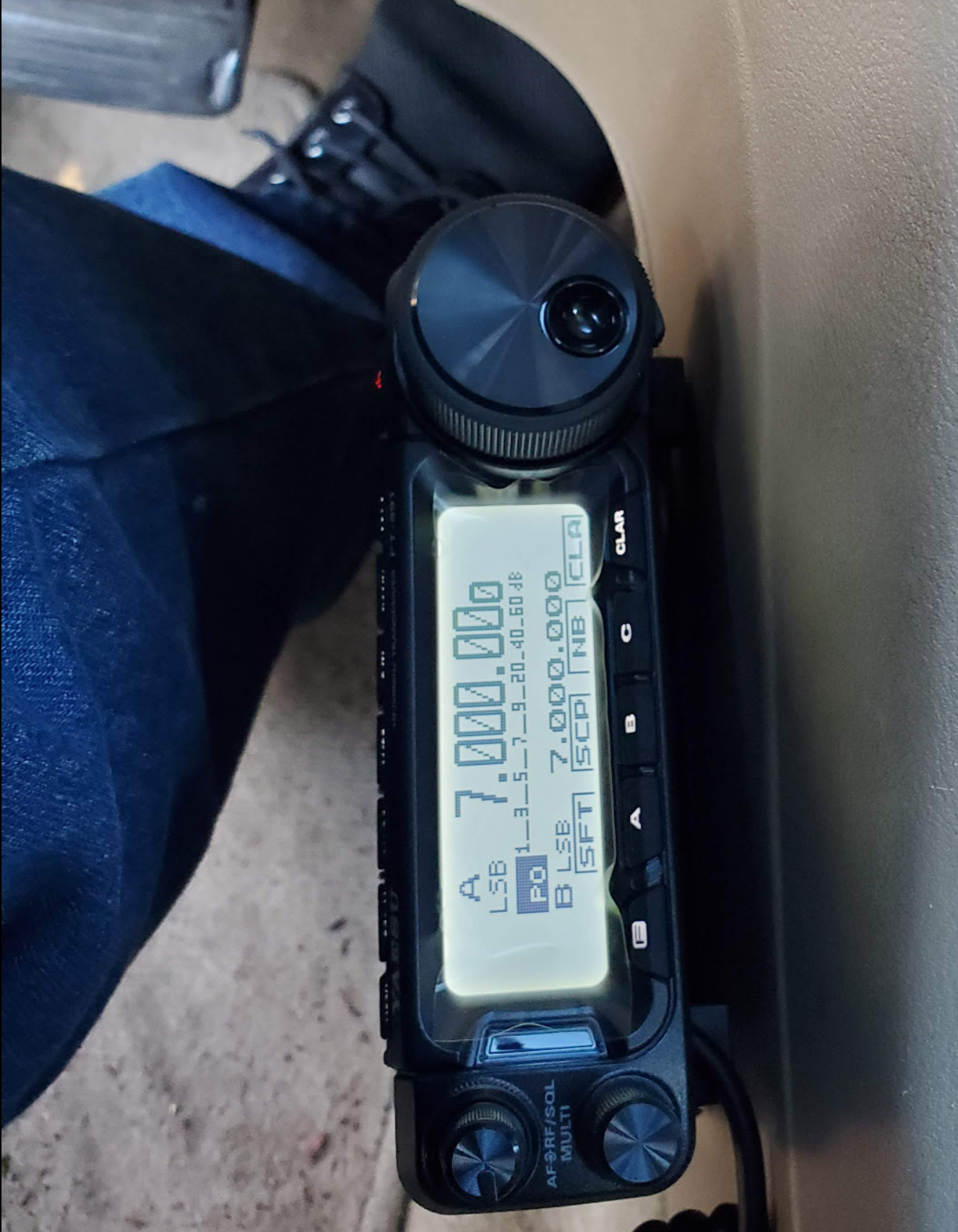
Now I had to figure out how to install the thing. My buddy Gersohn, KO4IUK, graciously offered his assistance in getting everything installed. We tried valiantly to find the pass-through grommet that YouTube assured us was to be found by the foot well of my 2006 Honda Accord, but alas it was not to be. I wasn't flexible enough to warp space and time to find it, so I reached out to a car audio and security systems installer near where I lived, Car Trendz. They were incredibly helpful and for a reasonable fee routed the power cables through the firewall, so my radio could have power. They also gave me a hand with putting on the bracket for the radio. Once I had that in place, I went back home and put the radio into the bracket and connected it to power.
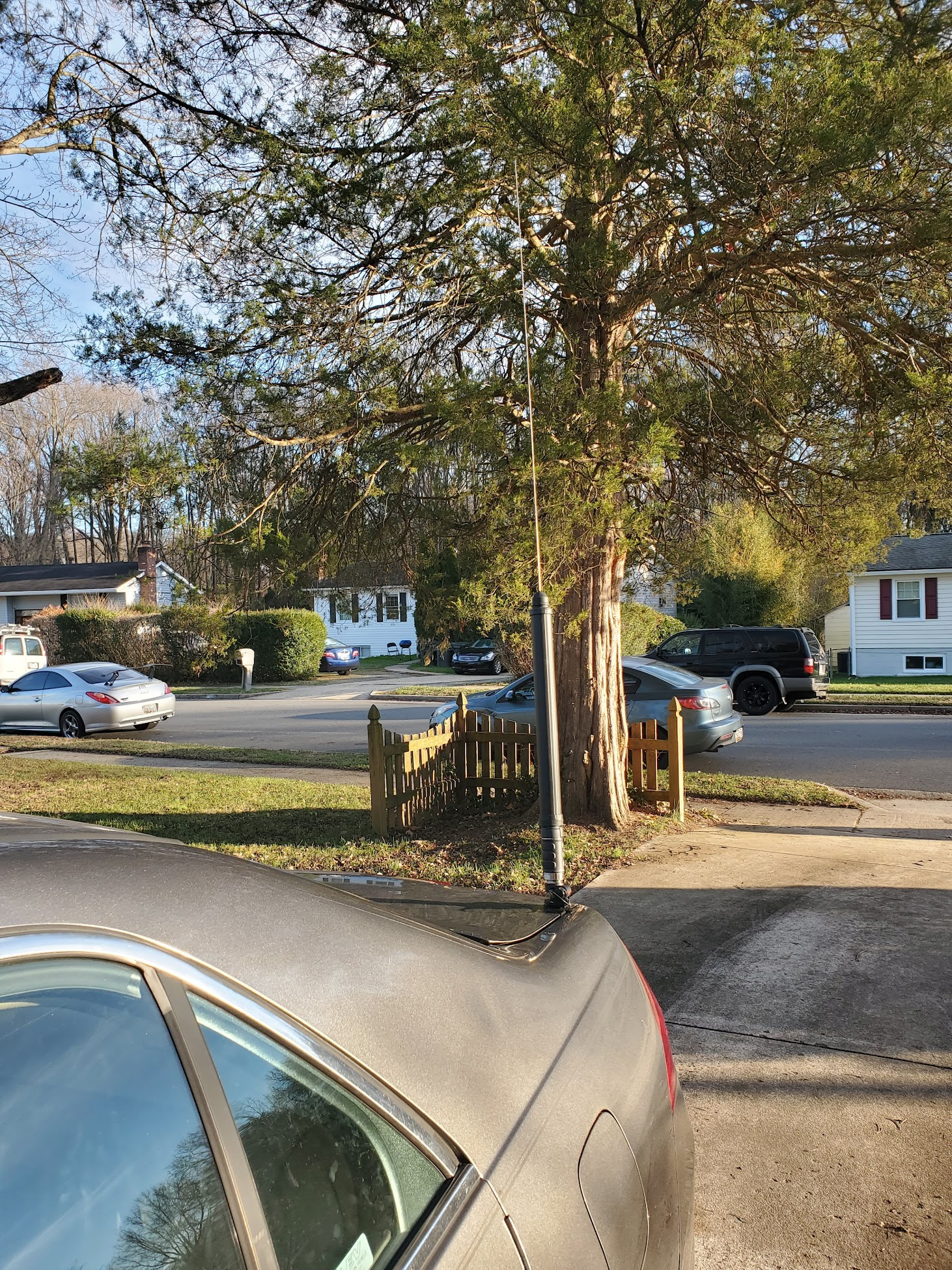
Next I had to install the antenna, the Yaesu ATAS 120A, a vertical capable of operating from 40m-70cm. For this purpose, I had purchased the Diamond K400C lip mount to attach to the trunk of my vehicle. The ATAS 120A is a large antenna weighing around 2 lbs and with a considerable wind load, so from what I had read, a good mount was paramount. The K400C came well recommended from Yaesu for the task. The installation of the mount was quick and straightforward with 4 grub screws clamping it to the trunk lid where it meets the rear of the car. An SO239 UHF connector provides the connection to the antenna, which simply screws on to the base. The antenna itself came basically pre-assembled, with the only task for the operator being to install the whip with a hex screw and its accompanying weatherproof cap. So far, so good.
The one last thing I had to do was connect the antenna to the radio. For this, I needed to make a cable. Unfortunately, although I had connectors, and I had cable, I didn't have the right tools for the job (I had crimp connectors, not solder-on ones). Once again, Gersohn came to the rescue and provided time, tools, and some extra materials to help me build the cable. I'm very grateful for his help. So after a series of false starts and setbacks, we finally had a radio that was powered and connected to an antenna properly mounted to my car. Time to get on the air. Time was getting short, so we looked at POTA spots while parked in Gersohn's driveway, and I made contact on 17m a station in Kansas and on 40m with a station in Virginia. Success!
SWR was higher than I'd like, but under 2:1 -- I'm going to work on improving the bonding of my vehicle -- but we were in a good place. So, I decided to use my lunch hour today to give the new rig its first activation at a 4-fer location just a few minutes from my house. The location could not be more ideal -- 4 parks all within proper range of the parking spot. I decided to take my new CW Morse SOTA/POTA paddle designed by N0SA with me and just use the HAMRS app to log. Ultra fast and light (well, if you don't count the vehicle ...).
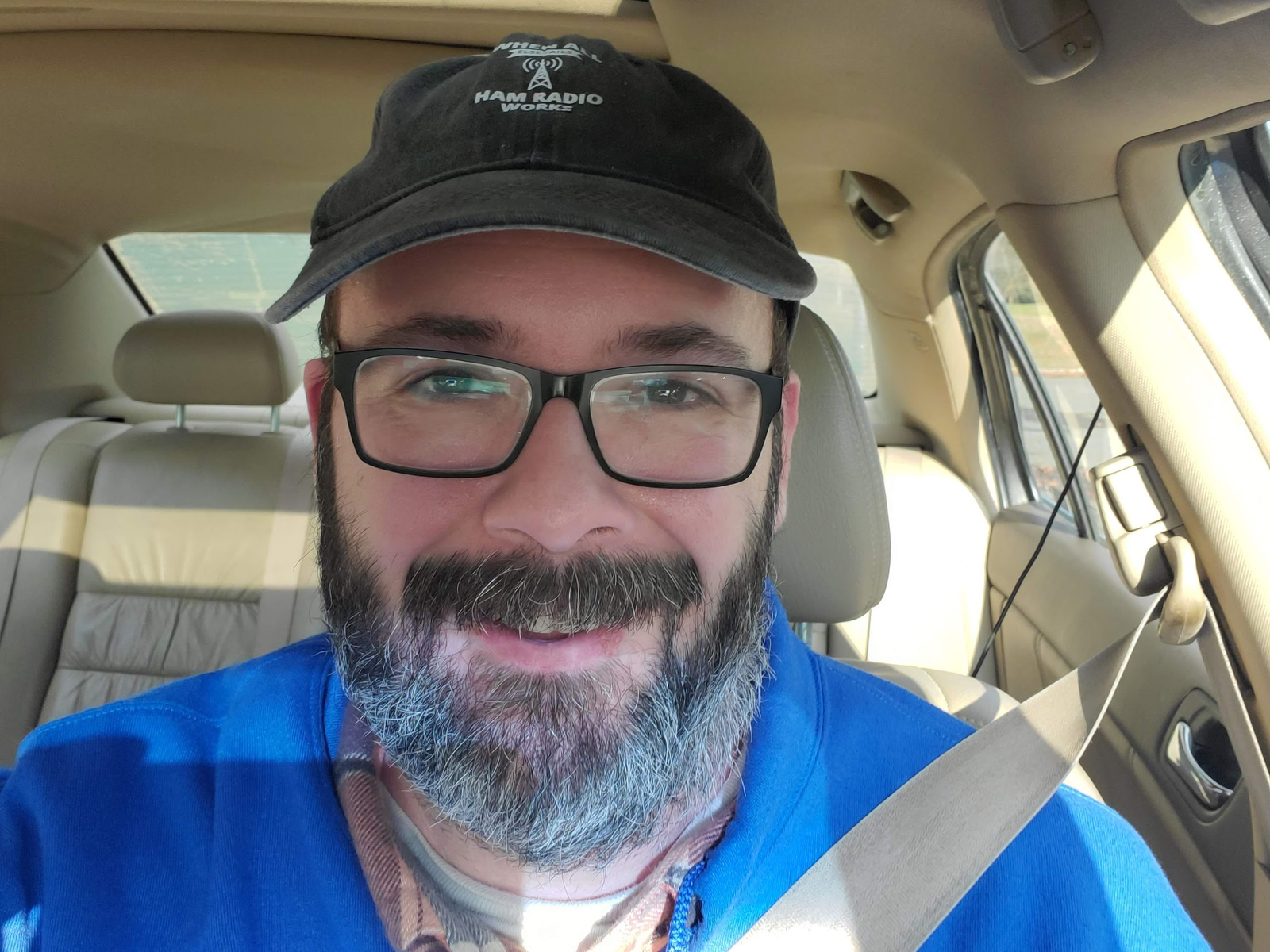
I figured out how to work CW on the new rig, spotted myself on the 20m band, and I was off. It didn't take long for the pileup to commence. I found out (the hard way) I didn't quite have the paddle magnetic returns properly configured, so my code was a lot sloppier than I would like, but as always, the hunters were gracious and patient. When I got back home, I upped the magnet force so that the bouncing I experienced should be resolved in the future. Being used to operating POTA with 10W maximum output power, 100W was a whole new ballgame. I probably only called CQ around 5 times in the hour I was out there, the contacts just kept coming. Eventually, as my time was growing long, I had to call QRT to get back to working at home.
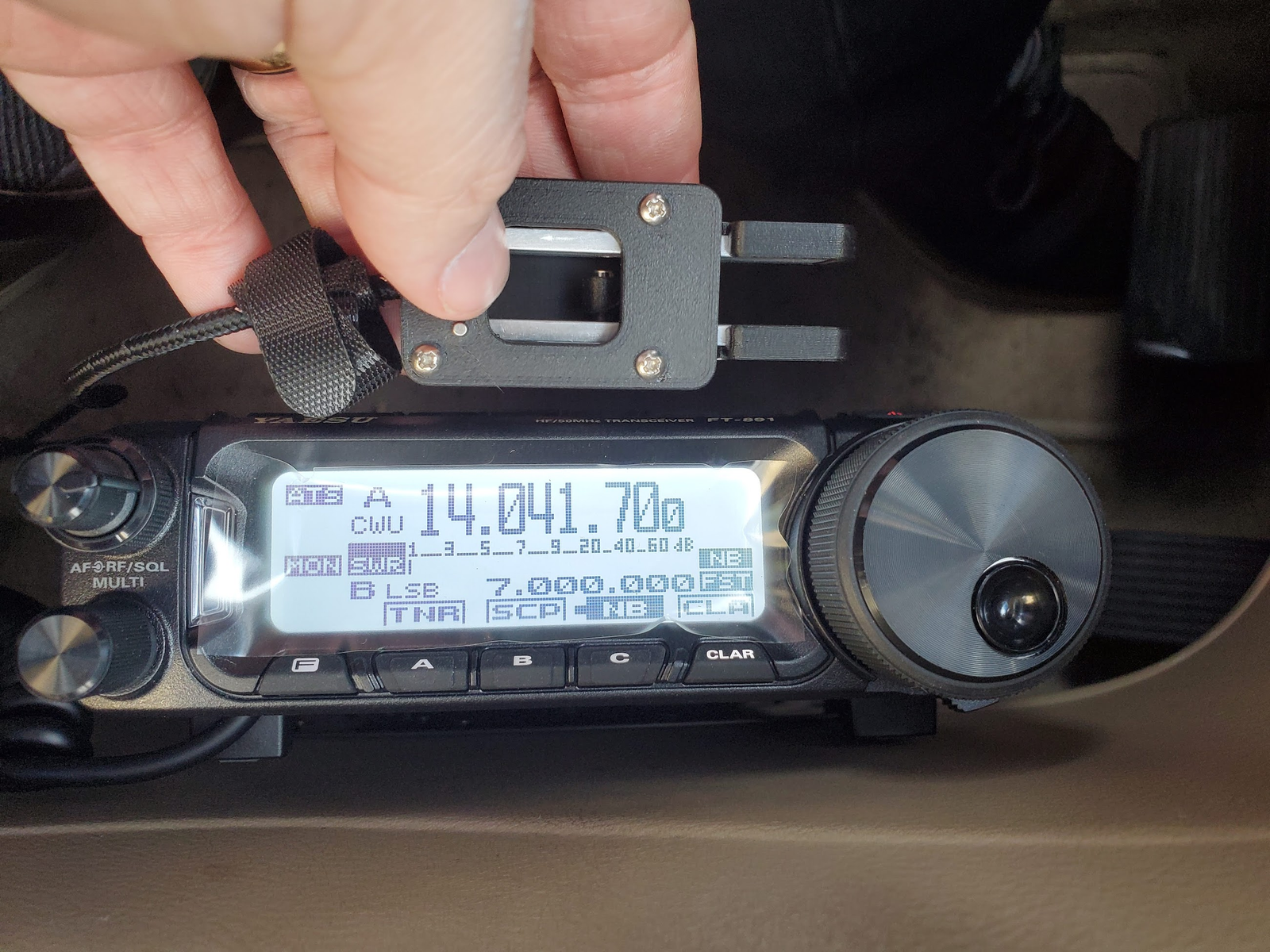
My first caller was in Michigan who gave me a solid 579 report, followed by a station in Idaho who gave me a 599. Then came a pair from Texas, Florida, Tennessee, Indiana, Wisconsin, North Carolina, Georgia, Colorado, Florida, Georgia, Texas, Colorado, Tennessee, Texas, and Georgia. Next I was treated to a call from my buddy Ed, W4EMB, in Tennessee, followed by Quebec (Canada), Tennessee, Illinois, Florida, Tennessee, Georgia, Mississippi, Michigan, Ontario (Canada), Florida, a pair from Illinois, Wisconsin, Virginia, Georgia, another pair from Tennessee, Texas, Florida, MIchigan, Indiana, Wisconsin, Oklahoma, and one more call from Michigan before I had to call QRT. In all I had 45 QSOs in 4 parks (180 total, in the POTA accounting) in just under an hour from the comfort of my car.
So much fun.
I can't wait to do it again ... and with a mobile setup, I would imagine that I won't have to wait long! Impromptu activations are now simply a short drive away.
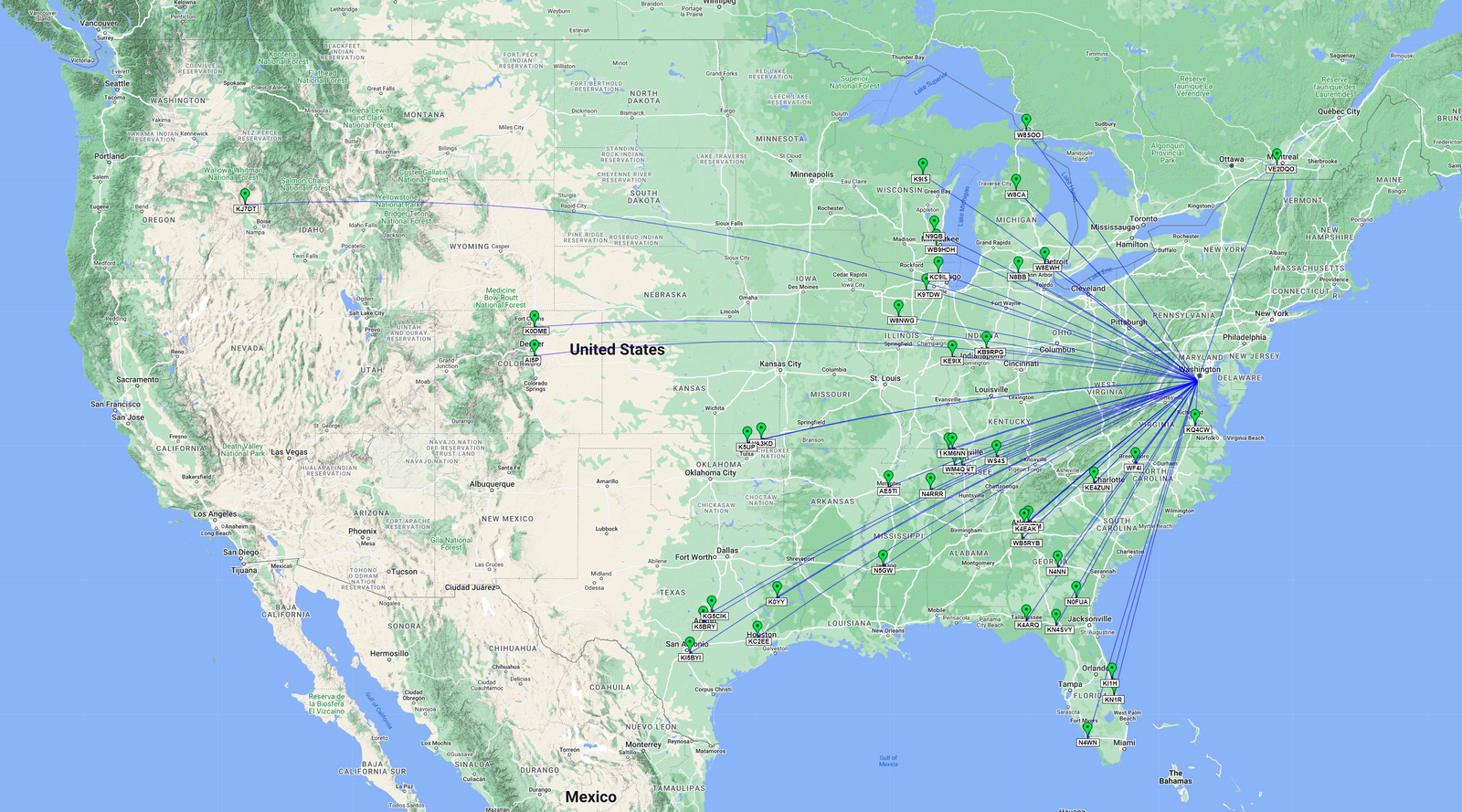
Activation QSO Map: Green Pins = CW / Blue Lines = 20m
Gear used in this activation
- Yaesu FT-891
- Yaesu ATAS 120A Antenna
- CW Morse SP4 POTA/SOTA Mini Morse Code Magnetic Paddle (N0SA Designed)
- 2006 Honda Accord EX V6
- Samsung Galaxy S10+
- HAMRS Logging App

